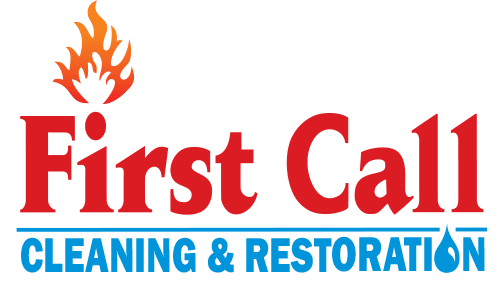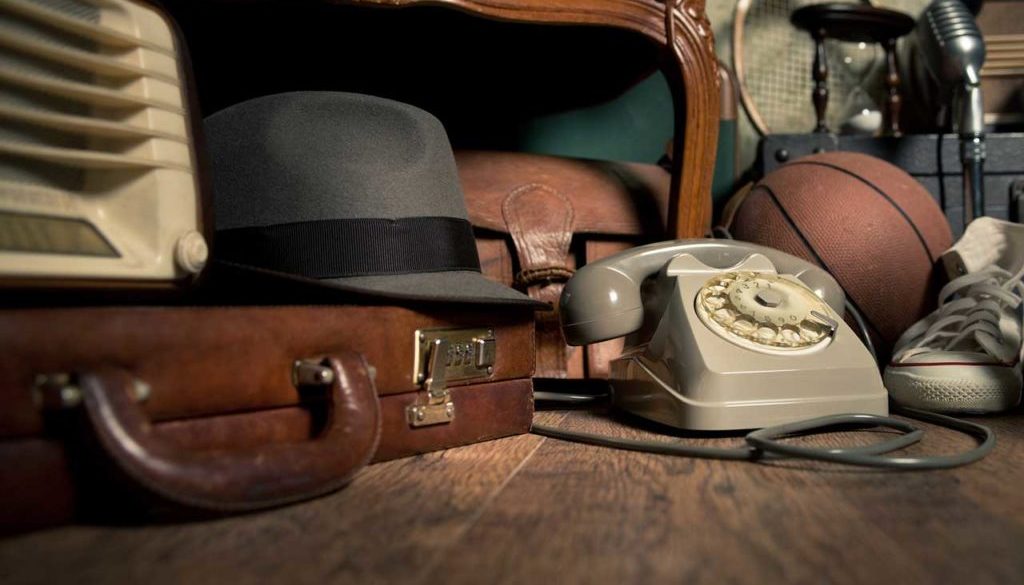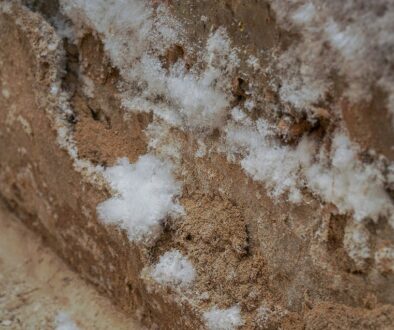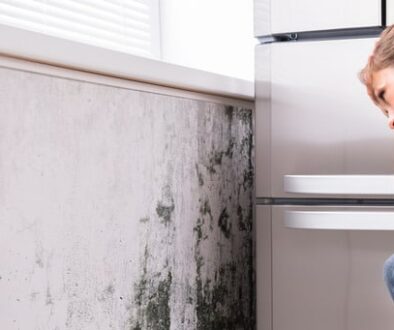Sometimes, attics are full of treasures. There may be old high school yearbooks or examples of your child’s first-grade artwork. Others may have small pieces of inherited furniture, athletic trophies or boxes of memories.
But not all attic discoveries are good ones.
Mold can easily make its way into attics, prompting the need for attic mold removal. Failure to do so can put your treasures, and your health, in jeopardy.
How Does Mold Affect Your Health?
Consider this: Mold can make life miserable for those who have allergies, asthma or chronic ear, nose and throat issues. Now realize that asthma affects roughly 24 million Americans, which includes more than 6 million children. Allergies remain the sixth leading cause of chronic illness in the United States.
You can see why mold can have far-reaching consequences for millions of Americans.
It can have many devastating effects that can range from a mere stuffy nose to severe allergic reactions.
It can cause issues such as:
- Sore throats
- Coughing
- Wheezing
- Skin rashes
- Asthmatic reactions
- Burning eyes
For those who are immunosuppressed, mold can become a very serious issue and even settle in the lungs. This can be particularly dangerous for those who have lung diseases such as cystic fibrosis or COPD.
How Can You Tell That You Have Mold In Your Attic?
When it comes to mold, trust your nose. Mold has a distinct smell, and whenever you get a whiff of it, you should be on the lookout. Your attic should not smell musty, in fact, it should be well-ventilated, allowing air to circulate throughout.
If in doubt, consider contacting us to conduct mold testing.
If you’re looking for other examples that you need attic mold removal, we’ve listed them below:
Discoloration
Look for signs of dark black stains, especially on wood. This discoloration is a sure sign of mold.
A Hot Attic
Believe it or not, attics should actually feel quite comfortable because they are supposed to be well-ventilated. If your attic feels hot or humid, that’s a warning sign that not only do you have a ventilation problem, but you’re creating a situation where you’ll likely need home mold removal either now or in the immediate future.
Dripping
Any time you have water dripping from your ceiling, it’s a bad sign. You may want to carefully inspect any smoke detectors, bath fans and lighting to be sure that there is no water dripping from the floor above. This also indicates that you could have a mold problem brewing in the background.
Should You Try Home Mold Removal Yourself?
It seems deceptively simple—you just clean up the area with bleach, right?
Wrong.
You need the right kind of protective equipment and cleaner to ensure you do a thorough job and not just cover it up. Even worse, failure to remove mold properly can actually spread it, compounding your problem. That’s one reason we do not recommend DIY attic mold removal.
5 Ways You Can Keep Your Attic Mold-Free
Of course, the easiest way to fight mold is to not have it in the first place. We’ve gathered some information to help you keep your attic dry and protected.
1. Humidity is not your friend.
These levels should be as low as possible—roughly between 30 percent and 50 percent. You can get
some help in the form of an air conditioner or dehumidifier. Be sure to periodically check on the
humidity levels, which can fluctuate due to changes in the temperature.
2. During the sticky humid months, use an air conditioner or dehumidifier.
This will help you keep the temperature and moisture under control before a problem develops.
3. Examine your ventilation.
As we mentioned before, your attic should not be hot and sticky—it should have plenty of ventilation.
Perform a quick evaluation of your vents and make sure they aren’t blocked. There’s a possibility your air ducts may also need cleaning. Learn to spot the warning signs that it’s time for an air duct cleaning.
4. Use exhaust fans.
These are particularly important in your bathroom and kitchen. You should also make sure that
vents in your clothes dryer go outside your home.
5. Fix leaks.
A leak at any time and any place is bad news. But if you see leaks in your home’s roof, walls, or even
the plumbing, that’s a sure sign that you need to be on the lookout for mold.
What are “toxic molds?”
Some molds fit into a category called toxigenic. This means that they produce toxins. However, according to the Centers for Disease Control not all fungi produce the toxins, and the hazards presented by these molds should be considered the same as other types of molds.
What about black mold?
Remember that mold can come in different colors, and these colors may not be a good indication of how dangerous that mold can be. This is why any mold should be removed by home mold removal experts who have a firm grasp on what needs to be done to keep your home safe.
For Your Attic Mold Removal, First Call is the Right Call
We have worked with businesses of all sizes, residential homes and even schools and universities. We have the experience to get the job done well, professionally and in a timely manner.
This experience is coupled with the highest level of customer service and dedication. We treat your home with the same care and consideration as if it were our own.
Interested in a free inspection? Just contact us at (336) 227-1807, and you’ll see why First Call is the right call.




